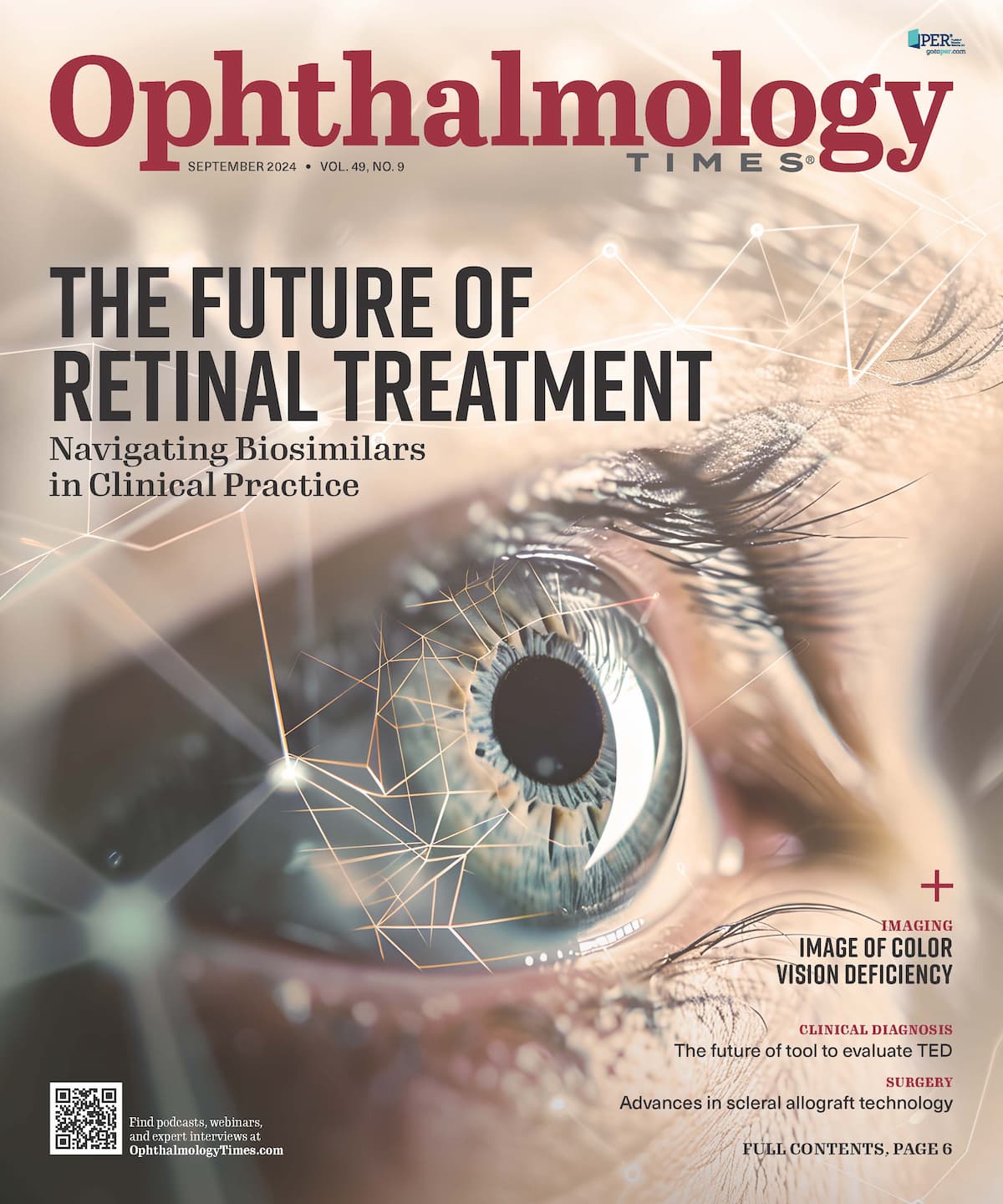Publication
Article
Digital Edition
ASRS offers a taste of Sweden
Author(s):
Meeting in Stockholm provides education, updates, and a taste of culture.
(Image Credit: AdobeStock/Mistervlad)

The American Society of Retina Specialists (ASRS) hosted its annual meeting July 17 to 20 in the Swedish capital city of Stockholm.
On top of the extensive number of educational offerings, and updates in the field of ophthalmology at the conference, attendees were able to enjoy the beautiful architecture, food, and culture of Stockholm.
Over the course of the 4 conference days, scientific sessions offered opportunities for education that covered every aspect of the retina. Sessions touched on numerous topics such as: wet and dry age-related macular degeneration (AMD), retinal detachment, diabetic retinopathy, retinal vascular disease, hereditary retinal disease and genetics, imaging, hereditary retinal disease and genetics, therapeutic complications, inflammation and infectious disease, and surgical, medical and pediatric cases. While the growth of artificial intelligence (AI), faricimab and aflibercept 8 mg in diabetic retinopathy and in wet AMD and more was explored in expert panels.
For those that couldn’t make the journey to Stockholm, virtual meeting access allowed for remote attendees to have access to a live stream feed and recording of the scientific symposia in the general session room as well as CME credit for 1 month after the meeting.
AMD updates take stage
Updates on AMD therapeutics and trials were plentiful at this year’s ASRS meeting. Charles Wykoff, MD, PhD, director of research, Retina Consultants of Texas, and professor of clinical ophthalmology at the Blanton Eye Institute, Houston Methodist Hospital presented data on Adverum Biotechnologies’ Phase 2 LUNA trial of Ixo-vec in patients with wet AMD. The 26-week landmark analysis showed Ixo-vec has a favorable safety profile with a proportion of patients who are free of injections. This data supports the company’s selection of the 6E10 dose with a local prophylactic regimen for Phase 3 pivotal studies. Of 6E10 patients, 100% have no or minimal inflammation while 76% are injection free, with stable visual acuity and fluid control.
“This underscores a tremendous unmet need for longer-acting anti-VEGF therapies,” Wykoff said.
Deepak Sambhara, MD, partner and medical director of Research at Eye Clinic of Wisconsin presented a paper-on-demand covering the real-world safety and efficacy of aflibercept, 8 mg in the treatment of nAMD. In 40 eyes from 33 patients with at least 6 months of follow-up, Sambhara noted patients who were switched to aflibercept 8 mg showed improvements both in visual acuity and anatomically as indexed by OCT with greater durability. Additionally, patients switched from 2 mg aflibercept to 8 mg aflibercept, showed a meaningful improvement in visual acuity, as well as anatomy on OCT, with greater durability; going from about 40 days since last injection to nearly 60 days since last injection when switched to aflibercept 8 mg.
Keeping an eye on aflibercept, Jordana Fein, MD, MS, gave insight into IOP outcomes with aflibercept 8 mg and 2 mg in patients with DME through week 48 of the phase 2/3 PHOTON trial. In the post-hoc analysis looking at patients in the 8 mg aflibercept arm and the 2 mg aflibercept arm as well as untreated fellow eyes as comparator, baseline IOP and 48-week IOP had no significant difference, plus or minus one millimeter of mercury throughout in all the treatment arms, suggesting no study eye or fellow eye drift in IOP over time.
On site, Jennifer Lim, MD, FARVO, FASRS gave an update on the phase 2 DAVIO 2 trial comparing EYP-1901, a tyrosine kinase inhibitor, with aflibercept given on label after loading, 2 milligrams Q8 weeks. Following the use of EYP-1901 after aflibercept, patients were then followed to see whether they needed supplemental injections.
Outside Factors
Interestingly, a look at outside factors on the effect of both patients and doctors was presented at ASRS as well. Sally S. Ong, MD, spoke about the impact of individual and neighborhood-level social determinants of health on vision and foveal status at presentation in patients with rhegmatogenous retinal detachments. Ong noted they looked at neighborhood-level social determinants of health and found associations with vision and foveal status at presentation with 3 social determinants of health:
- Area deprivation index
- Percentage of workers who drove to work
- Per capita income
Ong noted for every increase in area deprivation index and every percentage increase in workers who drove to work in the neighborhood there was an increased predicted probability of presenting with vision worse than 20/40 as well as presenting with foveal involving rhegmatogenous retinal detachments. While for every $1,000 increase in per capita income, there was a decrease in the predicted probability of presenting with vision worse than 20/40.
Marina Roizenblatt, MD, PhD, and colleagues from the Department of Ophthalmology, Retina Section, Federal University of São Paulo, Brazil, turned inward and looked at factors affecting retina surgeons.
Roizenblatt noted researchers looked at 15 novice (<2 years’ experience) and 11 senior (>10 years’ experience) retina surgeons and their dexterity when exposed to caffeine, propranolol, alcohol, push-up sets, and 3-hour sleep deprivation. Results showed that novice surgeons were affected by all the exposures but were more affected following intake of high caffeine and high alcohol. High alcohol intake increased novice surgeon’s ocular pathway and tremor. While senior surgeons were negatively affected only by alcohol intake.

Newsletter
Don’t miss out—get Ophthalmology Times updates on the latest clinical advancements and expert interviews, straight to your inbox.




